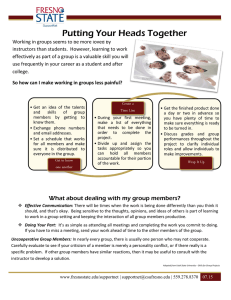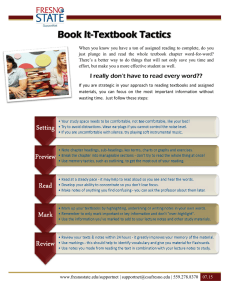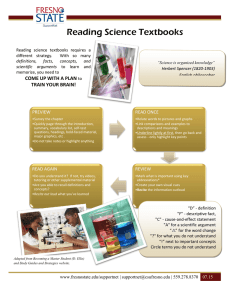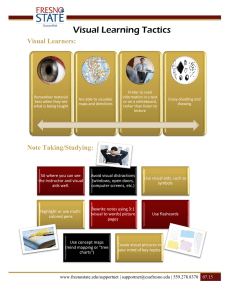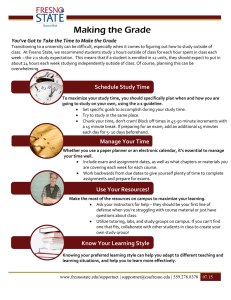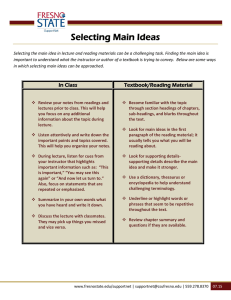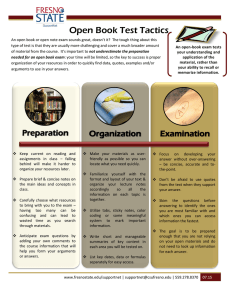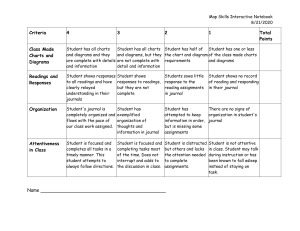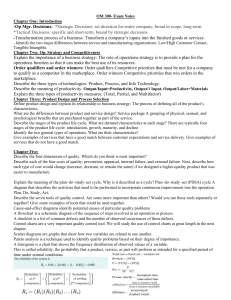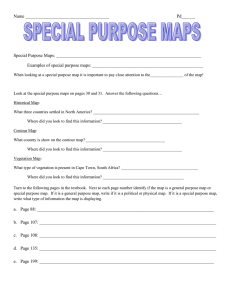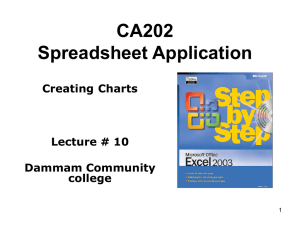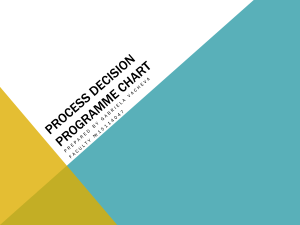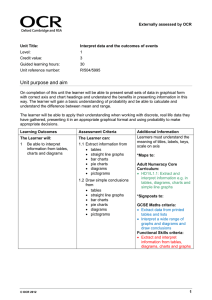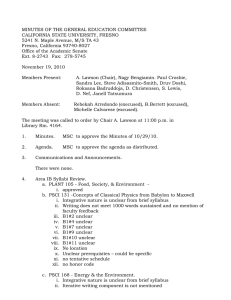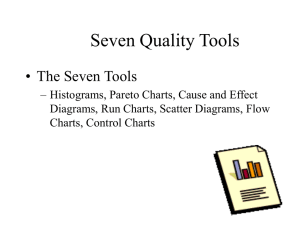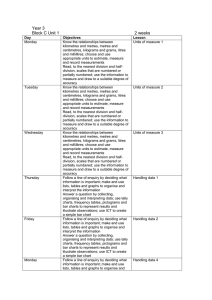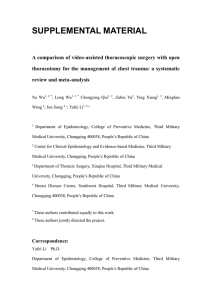Document 13090386
advertisement
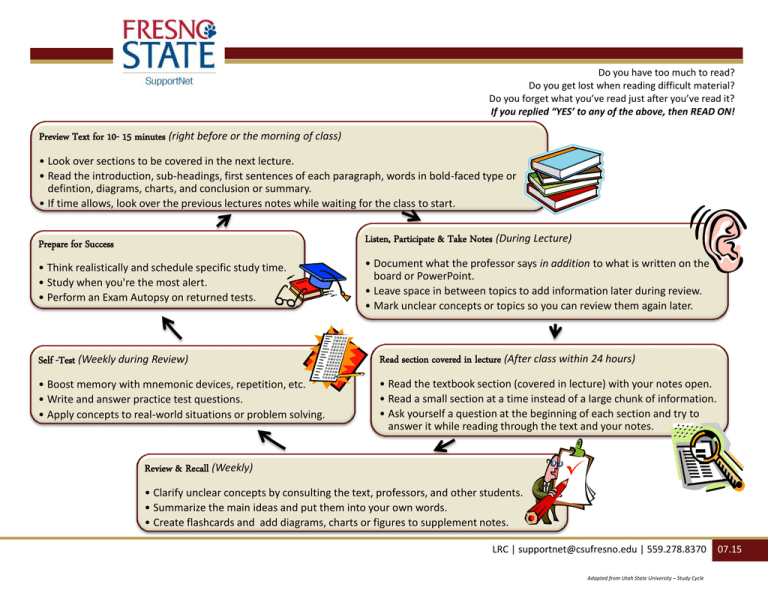
Do you have too much to read? Do you get lost when reading difficult material? Do you forget what you’ve read just after you’ve read it? If you replied “YES’ to any of the above, then READ ON! Preview Text for 10- 15 minutes (right before or the morning of class) • Look over sections to be covered in the next lecture. • Read the introduction, sub-headings, first sentences of each paragraph, words in bold-faced type or defintion, diagrams, charts, and conclusion or summary. • If time allows, look over the previous lectures notes while waiting for the class to start. Prepare for Success Listen, Participate & Take Notes (During Lecture) • Think realistically and schedule specific study time. • Study when you're the most alert. • Perform an Exam Autopsy on returned tests. • Document what the professor says in addition to what is written on the board or PowerPoint. • Leave space in between topics to add information later during review. • Mark unclear concepts or topics so you can review them again later. Self -Test (Weekly during Review) Read section covered in lecture (After class within 24 hours) • Boost memory with mnemonic devices, repetition, etc. • Write and answer practice test questions. • Apply concepts to real-world situations or problem solving. • Read the textbook section (covered in lecture) with your notes open. • Read a small section at a time instead of a large chunk of information. • Ask yourself a question at the beginning of each section and try to answer it while reading through the text and your notes. Review & Recall (Weekly) • Clarify unclear concepts by consulting the text, professors, and other students. • Summarize the main ideas and put them into your own words. • Create flashcards and add diagrams, charts or figures to supplement notes. LRC | supportnet@csufresno.edu | 559.278.8370 Adapted from Utah State University – Study Cycle 07.15
